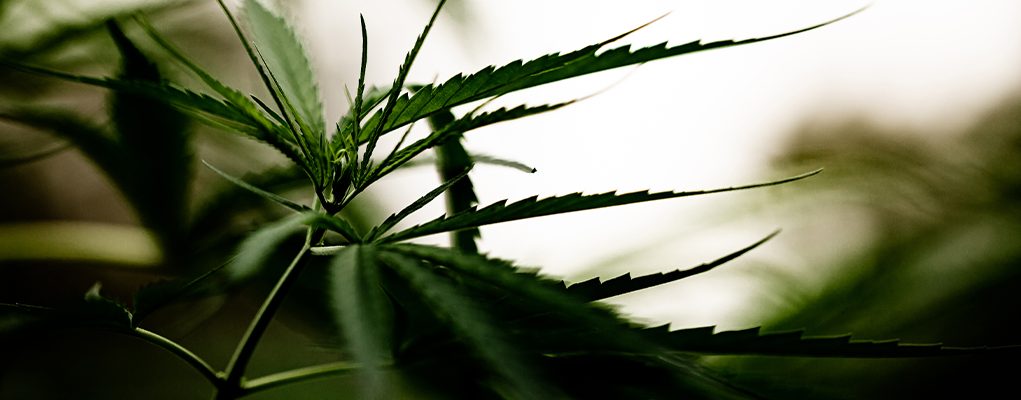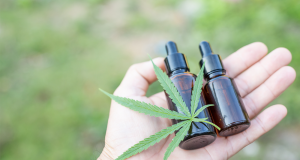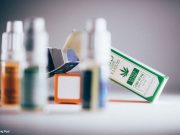The research team found that the prevalence of cannabis vaping has increased, particularly among young adults, and is associated with high-risk behaviors. However, no association between cannabis vaping and asthma or other respiratory symptoms, was recorded.
“Our sample size was 160,209 (53,945-2017; 55,475-2018; and 50,789-2019). Past-30-day cannabis use prevalence increased from 10.0% (95% CI, 9.4%-10.7%) in 2017 to 13.4% (12.8%-12.0%) in 2019. Similarly, past-30-day cannabis vaping prevalence increased from 1.0% (0.8%-1.2%) to 2.0% (1.7%-2.2%) over the same period, with the greatest increase, 1.2% to 3.9%, observed among young adults (18-24 years). Individuals who vaped cannabis were more likely to concurrently vape nicotine. Cannabis vaping was associated with increased odds of heavy alcohol use (aOR, 1.95; 95% CI, 1.45-2.63), binge drinking (aOR, 2.82; 95% CI, 2.25-3.54), and other high-risk behaviors (aOR, 2.47; 95% CI, 1.89-3.24). In analyses adjusting for sociodemographic characteristics and body mass index, cannabis vaping was not associated with asthma (aOR, 1.03; 95% CI, 0.64-1.64) or other respiratory symptoms (aOR, 1.08; 95% CI, 0.44-2.63). Adjusting for nicotine vaping did not substantively alter these associations,” read the study Abstract.
The study concluded the increase in cannabis vaping, particularly among young adults, is of concern and should alert authorities to the need for continued surveillance. Similarly, a recent study by NYU Grossman School of Medicine, said that frequent cannabis vaping, defined as vaping at least 10 times a month, has increased significantly among high school seniors in the United States between 2018 and 2019.
Cannabis vaping greater in certain subgroups
The study titled, “Increases in Frequent Vaping of Cannabis Among High School Seniors in the United States, 2018–2019,” also found that the rise was even greater in certain subgroups such as students 18 years or older, female students, and those who reported using other drugs within the past year.
“Frequent vaping of cannabis significantly increased from 2.1% to 4.9%, a 131.4% increase. This increase was larger than the increase for any vaping of cannabis (which increased 85.9%). Notable significant increases occurred among students aged ≥18 years (a 154.9% increase), female students (a 183.5% increase), those who go out 4–7 evenings per week (a 163.0% increase), and those reporting past-year non medical prescription opioid use (a 184.7% increase),” read the study Abstract.












